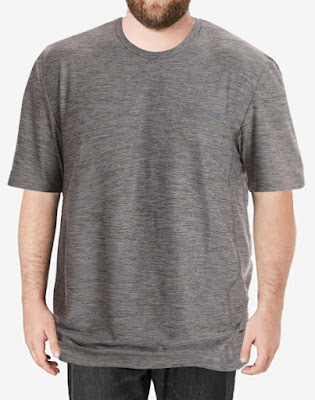Exploring the Functions of Compression Socks
Compression socks have gained popularity for their various benefits in promoting circulation, reducing swelling, and enhancing performance during physical activities. In this comprehensive guide, we will delve into the functions of compression socks, exploring their mechanisms, benefits, and applications.
Credit: differenttouch.com
I. Understanding Compression Socks
- Definition and composition of compression socks.
- Different levels of compression and their intended purposes.
- How compression socks differ from regular socks in terms of design and functionality.
II. Promoting Circulation A. Enhancing Blood Flow - Compression socks exert pressure on the veins, promoting blood circulation back to the heart. - Graduated compression design facilitates the movement of blood from the lower extremities towards the heart. - Improved circulation can alleviate symptoms of venous insufficiency and prevent blood clots.
B. Reducing Edema and Swelling - Compression socks help prevent fluid accumulation in the legs and ankles. - Effective management of edema reduces discomfort and promotes faster recovery after prolonged periods of sitting or standing. - Compression therapy is often recommended for individuals with lymphedema or chronic venous disorders.
III. Alleviating Symptoms of Varicose Veins and Venous Insufficiency
- Compression socks provide external support to weakened or damaged veins, reducing the risk of varicose veins and venous insufficiency.
- Graduated compression helps maintain vein elasticity and valve function, preventing blood from pooling in the lower extremities.
- Compression therapy can relieve symptoms such as pain, heaviness, and fatigue associated with venous disorders.
IV. Enhancing Athletic Performance and Recovery A. Muscle Support and Stability - Compression socks provide compression to the calf muscles, reducing muscle oscillation during physical activities. - Enhanced muscle stability improves proprioception and reduces the risk of injury during exercise. - Compression therapy can benefit athletes participating in high-impact sports or endurance events.
B. Faster Recovery - Compression socks promote faster removal of metabolic waste products such as lactic acid from the muscles. - Improved circulation delivers oxygen-rich blood to tired muscles, facilitating repair and recovery. - Compression therapy can reduce post-exercise soreness and fatigue, allowing athletes to return to training sooner.
V. Managing Symptoms of Peripheral Arterial Disease (PAD)
- Compression socks can improve arterial circulation and tissue perfusion in individuals with PAD.
- Graduated compression promotes blood flow to the lower extremities, reducing symptoms such as pain, cramping, and numbness.
- Compression therapy may complement traditional treatments for PAD, such as medication and lifestyle modifications.
VI. Preventing Deep Vein Thrombosis (DVT)
- Compression socks are often prescribed for individuals at risk of developing DVT, such as travelers on long flights or individuals undergoing surgery.
- Graduated compression helps prevent blood clots by promoting venous return and reducing stasis in the lower extremities.
- Compression therapy is part of a comprehensive approach to DVT prevention, including hydration, mobility, and prophylactic anticoagulation.
VII. Supporting Pregnancy and Postpartum Care
- Compression socks can alleviate swelling and discomfort in the legs and ankles during pregnancy.
- Graduated compression promotes venous return, reducing the risk of varicose veins and venous insufficiency.
- Compression therapy may be recommended as part of postpartum care to support recovery and manage edema.
VIII. Managing Orthostatic Intolerance
- Compression socks can help individuals with orthostatic intolerance maintain blood pressure and prevent symptoms such as dizziness and lightheadedness.
- Graduated compression promotes venous return, reducing venous pooling in the lower extremities during upright posture.
- Compression therapy may be used in conjunction with lifestyle modifications and medication to manage orthostatic intolerance.
IX. Addressing Occupational Risks
- Compression socks are utilized in professions that involve prolonged standing or sitting, such as healthcare, hospitality, and transportation.
- Graduated compression helps prevent venous insufficiency and discomfort associated with prolonged occupational exposure.
- Compression therapy may be recommended as part of workplace ergonomics and occupational health programs.
X. Managing Chronic Conditions
- Compression socks are used as adjunctive therapy for chronic conditions such as diabetes, peripheral neuropathy, and chronic venous disorders.
- Graduated compression can alleviate symptoms such as neuropathic pain, swelling, and skin changes associated with chronic diseases.
- Compression therapy may complement conventional treatments and lifestyle modifications in managing chronic conditions.
Conclusion: Compression socks offer a multitude of functions and benefits, ranging from promoting circulation and reducing swelling to enhancing athletic performance and supporting recovery. Whether used for medical purposes, athletic performance, or occupational health, compression socks play a vital role in optimizing vascular health and overall well-being. By understanding the functions and applications of compression socks, individuals can harness their therapeutic benefits to improve quality of life and maintain optimal vascular health.






No comments